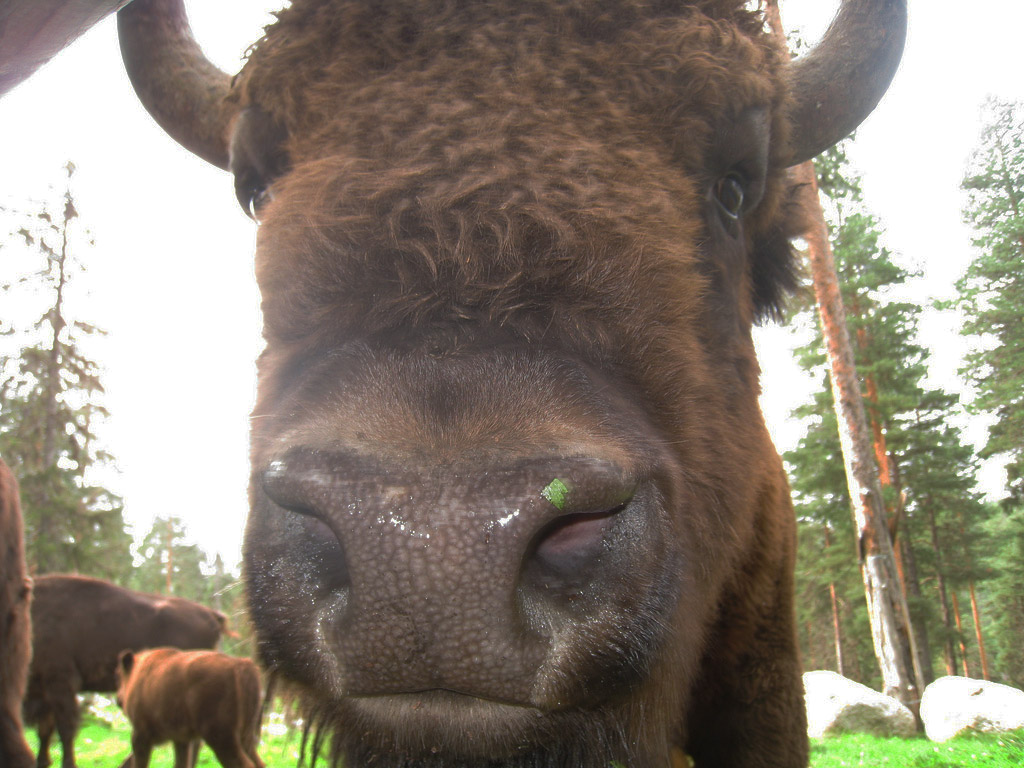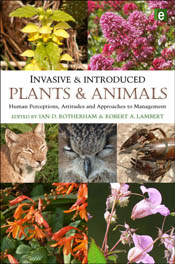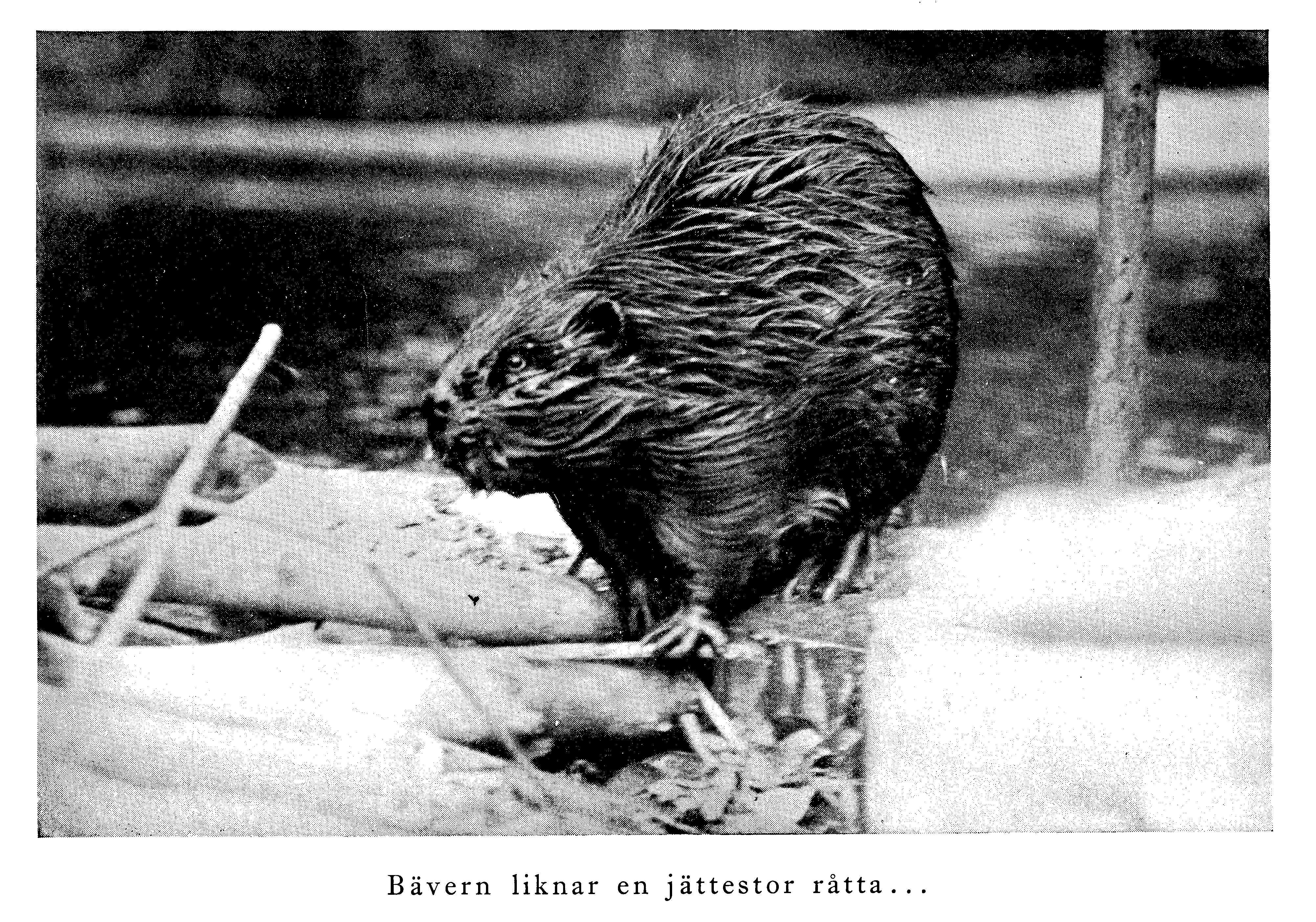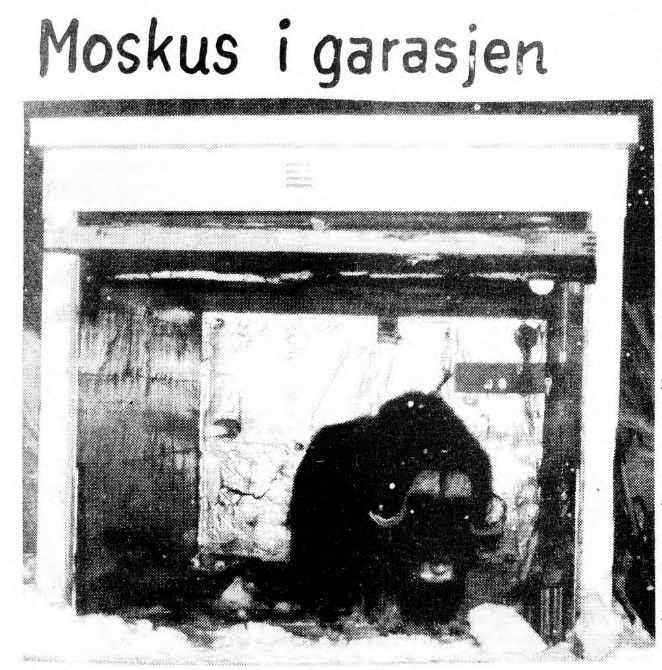
How wild are the wild things?
European bison (aka the wisent, Bison bonasus) are now in the wild in Germany for the first time since 1746, according to a news article from Christmas Eve. But one has to wonder how ‘wild’ these wild things are.

First, all wisent were extinct in the wild in 1927, when the last free roaming animal was killed. All living wisent are the descendants of a dozen or so zoo specimens that remained. A stud tree is maintained to manage breeding so that genetic diversity is maximized. The bull in the new German herd will have to be ‘replaced’ after he breeds this time around so that another bull can be brought in to increase the gene pool. Little about the wisent lineage has been left to chance, much less nature.
Second, the forest in which these wisent will be free is a highly managed commercial forest. That’s not a bad thing, but it is certainly no wilderness. The wisent will all be GPS tagged so that they can always be tracked – the modern Wired Wilderness at work. According to the article, part of the tracking is to make sure hunters don’t go to those areas to avoid the temptation of shooting one of them (!).
Although wisent reintroduction clearly has conservation merit – the species is currently listed as Vulnerable by IUCN – the conservation of the species itself doesn’t seem to be the reason behind the project. I think the article hints at three reasons the German project is underway: (1) a big conservation project will improve the reputation of the involved forestry company, (2) wisents will bring in tourist dollars to the area, and (3) Prince Richard of Sayn-Wittgenstein-Berleburg who owns the forest likes wild animals. My inkling is that these are actually very common reasons for reintroduction projects of all types, with personal ambition of individuals being paramount. At least that’s what I see so far in my research on the Swedish beaver case: beaver reintroduction in the 1920s and 1930s was a private affair, financed by individuals and associations with limited or no governmental involvement. And the motivation for beaver reintroduction also doesn’t seem to revolve around beaver conservation for the beaver’s sake, but rather conservation for the sake of Swedish nature (but that’s another story that I’ll have to expand upon later).
So how wild are these wild wisent? Maybe they are as wild as they can be in the 21st century. Maybe they are as wild as reintroduced animals have ever been.




